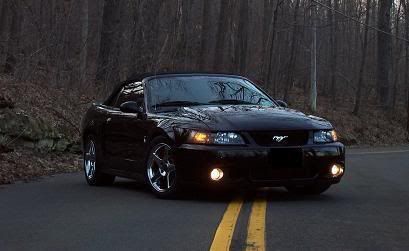With the gas prices on the rise and not wanting to spend money on another vehicle, I am brainstorming ways to make the 3400 and 60*V6 engines in general more efficient. From personal experience I was able to get 33 MPG on the highway in my 01 grand am when I had 3500 heads, 3500 LIM, 65mm TB, TOG headers, tuning and a few other minor mods.
Since switching the car back to stock mileage has suffered, which now has me thinking what can be done to maximize fuel efficiency. I know the obvious is to ensure that the car has had it basic maintenance and that tire pressure is optimized, however that only goes so far.
Thoughts and opinions on the following:
1. Heads, intake manifold design, and compression ratio relating to Volumetric Efficiency
2. Exhaust, improving flow (the stock log manifolds are horrible)
3. Valve train (cam design, lighter valve components,
4. Fuel system (optimal fuel pressure, fuel injector spray pattern, ect)
5. Spark (Plug Gap, optimal spark tables for a cleaner burn)
6. Gearing
7. Lubrication & bearings
8. Tuning
Anyone think it is possible to get 38-40 MPG out of one of these engines without making it a total dog?
Since switching the car back to stock mileage has suffered, which now has me thinking what can be done to maximize fuel efficiency. I know the obvious is to ensure that the car has had it basic maintenance and that tire pressure is optimized, however that only goes so far.
Thoughts and opinions on the following:
1. Heads, intake manifold design, and compression ratio relating to Volumetric Efficiency
2. Exhaust, improving flow (the stock log manifolds are horrible)
3. Valve train (cam design, lighter valve components,
4. Fuel system (optimal fuel pressure, fuel injector spray pattern, ect)
5. Spark (Plug Gap, optimal spark tables for a cleaner burn)
6. Gearing
7. Lubrication & bearings
8. Tuning
Anyone think it is possible to get 38-40 MPG out of one of these engines without making it a total dog?




Comment